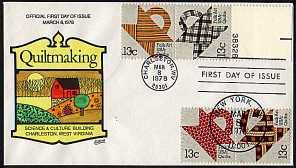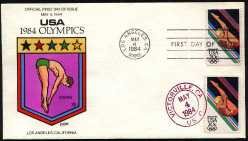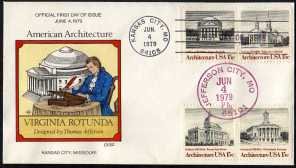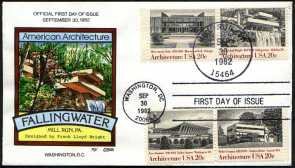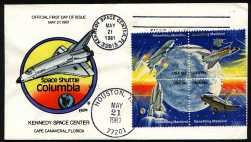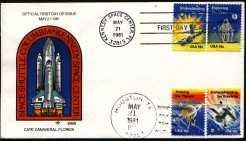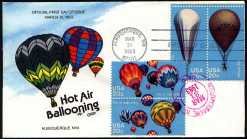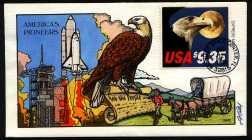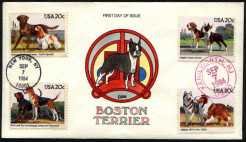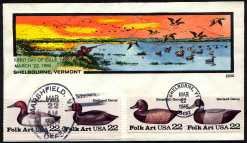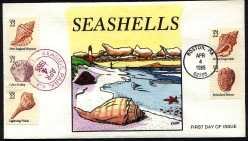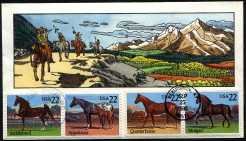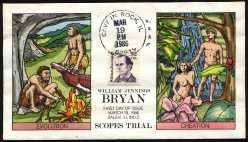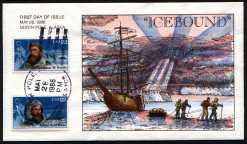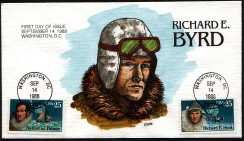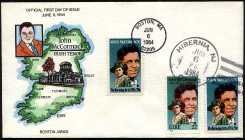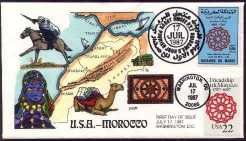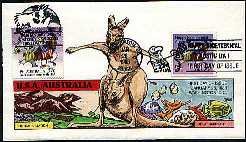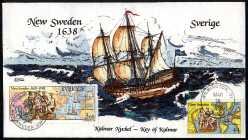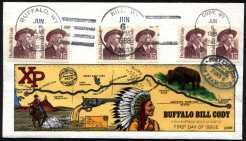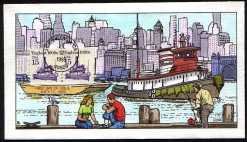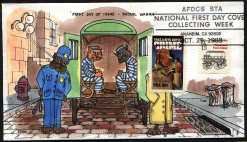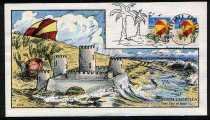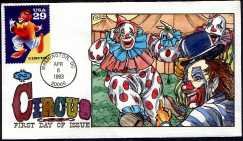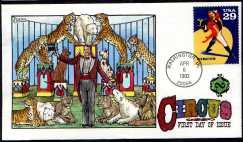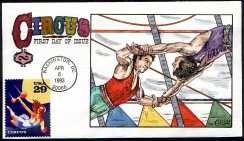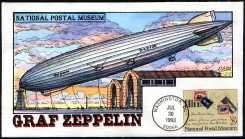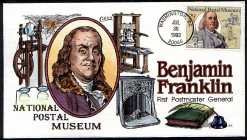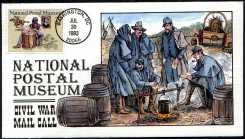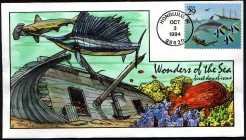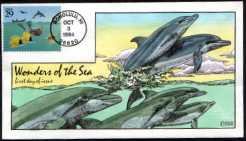

FRED COLLINS

HAND PAINTED FDCs
Fred Collins is my favorite contemporary First Day Cover maker. He has been producing them since 1978, and recently wrote a book about his experiences. If you've ever wondered what it takes to make a successful business at FDC's, Fred's book is a great place to start. He does not yet have a website, but intends to have one in the near future. He produces an FDC for EVERY stamp the US issues, most of them as singles, including the current Celebrate The Century series, which will encompass 150 stamps over two years when the USPS issues the final pane this year.
(Click on any image to see a higher-resolution version.)
Fred has a good stock of his older covers, and sells them for less than FDC dealers, as
a rule, so if you want to get started collecting his work, write and ask for his current
catalog:
PO Box 2000
Hewitt, N.J. 07421
|
You will find a sampling of Fred's covers scattered throughout my exhibit. I do not
collect everything he produces, preferring to focus on my two favorite topics, Trains and
Olympics, plus the Great Americans Series, Transportation Series coils, and older setenant issues.
Below are a few more of my favorites, presented more or less in chronological order. Considering that he has produced over 1500 covers to date, this is only a small sampling of his work. (Click on any image below to see a higher-resolution version of that image.)
The covers above illustrate Fred's early style, with a small cachet, usually bordered,
on one side of the cover. Since 1985 most of his cachets have been "all-over" designs,
like the ones later on this page. This series of stamps, American Architecture, was a
favorite of mine.
Space is a popular collecting topic. The covers above illustrate one of the problems that confront FDC makers - how to handle setenants, especially when they form too large a block to fit on a standard cover, while leaving room for a cachet. I prefer to see them kept together as much as possible, but consider this a reasonable compromise. Click here to see how another maker chose to handle this same block.
Another thing I look for in a FDC maker is an awareness of the relationships among stamp issues. These two sets - one of Arctic explorers, the other of Antarctic explorers - were issued two years apart, but obviously belong to the same series, and I like that Fred's designs reflect that kinship. For the Statue of Liberty centennial issue (below), Fred created two covers. The one on the right is a true Joint Issue cover, with both the stamps and the official FDC cancels of both countries. 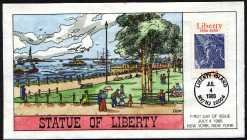

He has done three other Joint Issue FDCs, the US-Morocco issue of 1987, the US-Australia issue of 1988,and the US-Sweden-Finland issue of 1988 (his John McCormack cover of 1984 did include the Irish stamp, but lacked the appropriate Irish FD cancel). 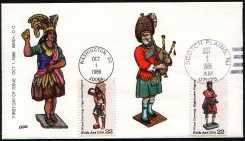
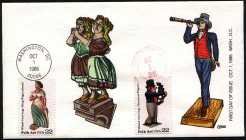
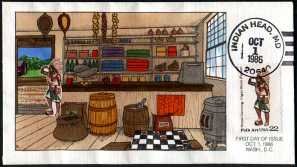
Fred obviously had fun with this issue, creating not only the very simple and dramatic pair of covers with all four stamps, but the clever and innovative single cover as well (see the cutout from the stamp? It could not be cancelled, since it is no longer valid as postage, once so altered.)

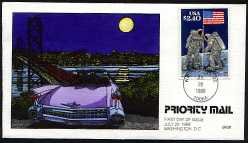

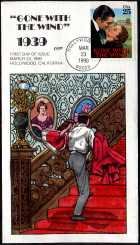
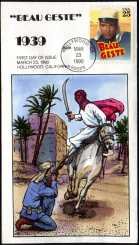
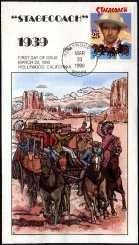
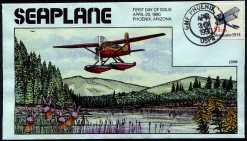

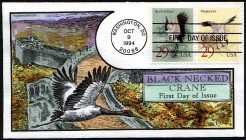
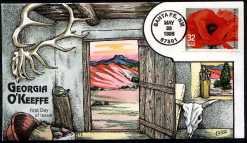
These are two of my all-time favorite Collins covers. The cranes issue was a favorite of mine to begin with, which seemed to inspire many FDC makers to produce exceptional covers, and Fred was no exception. The O'Keefe cover was a fitting tribute to one of the greatest American painters of the century. 
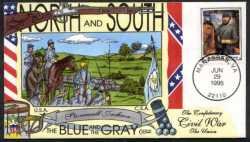


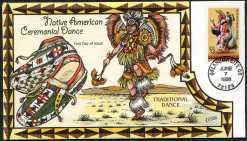
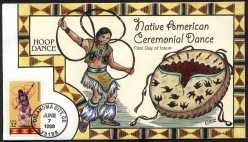
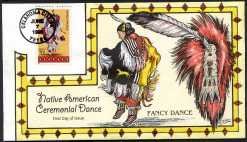
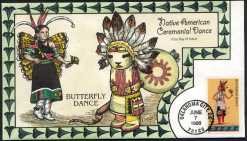
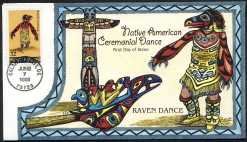
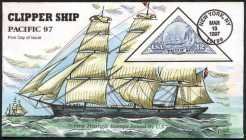



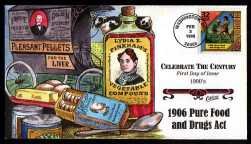
|
All Letter images Copyright © 1997, 2000, SF chapter of AIGA
All text Copyright © 2000, William M. Senkus
Send feedback to the webmaster: CLICK HERE
Revised -- 05/16/2002
